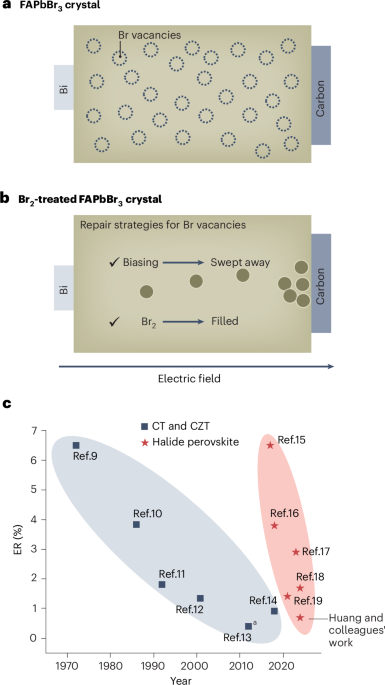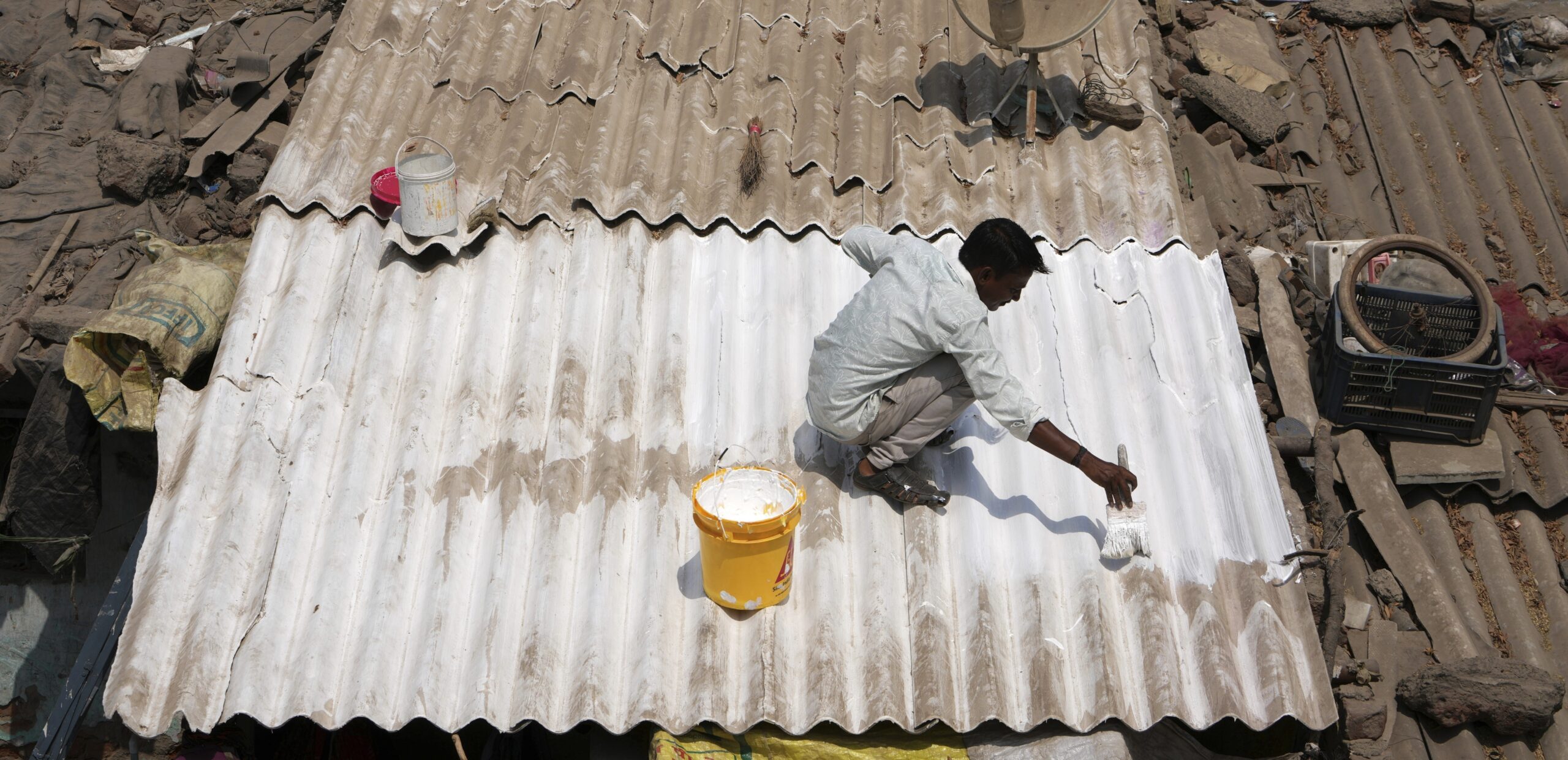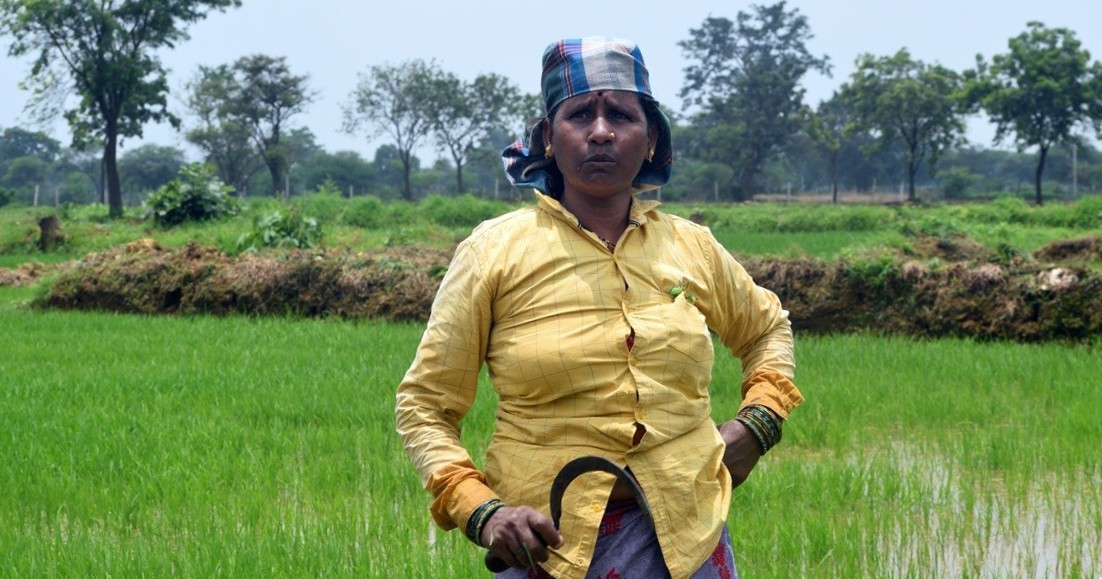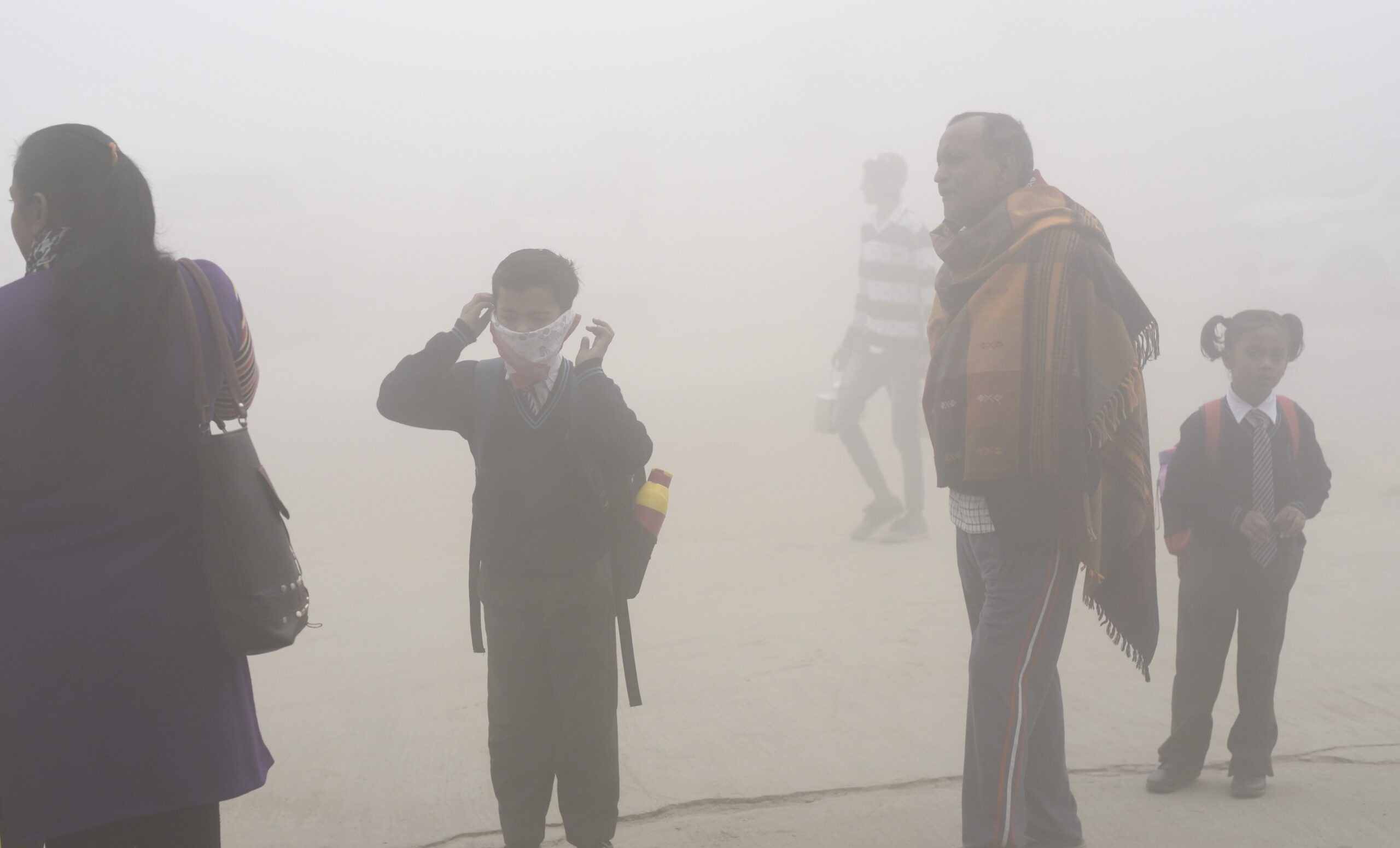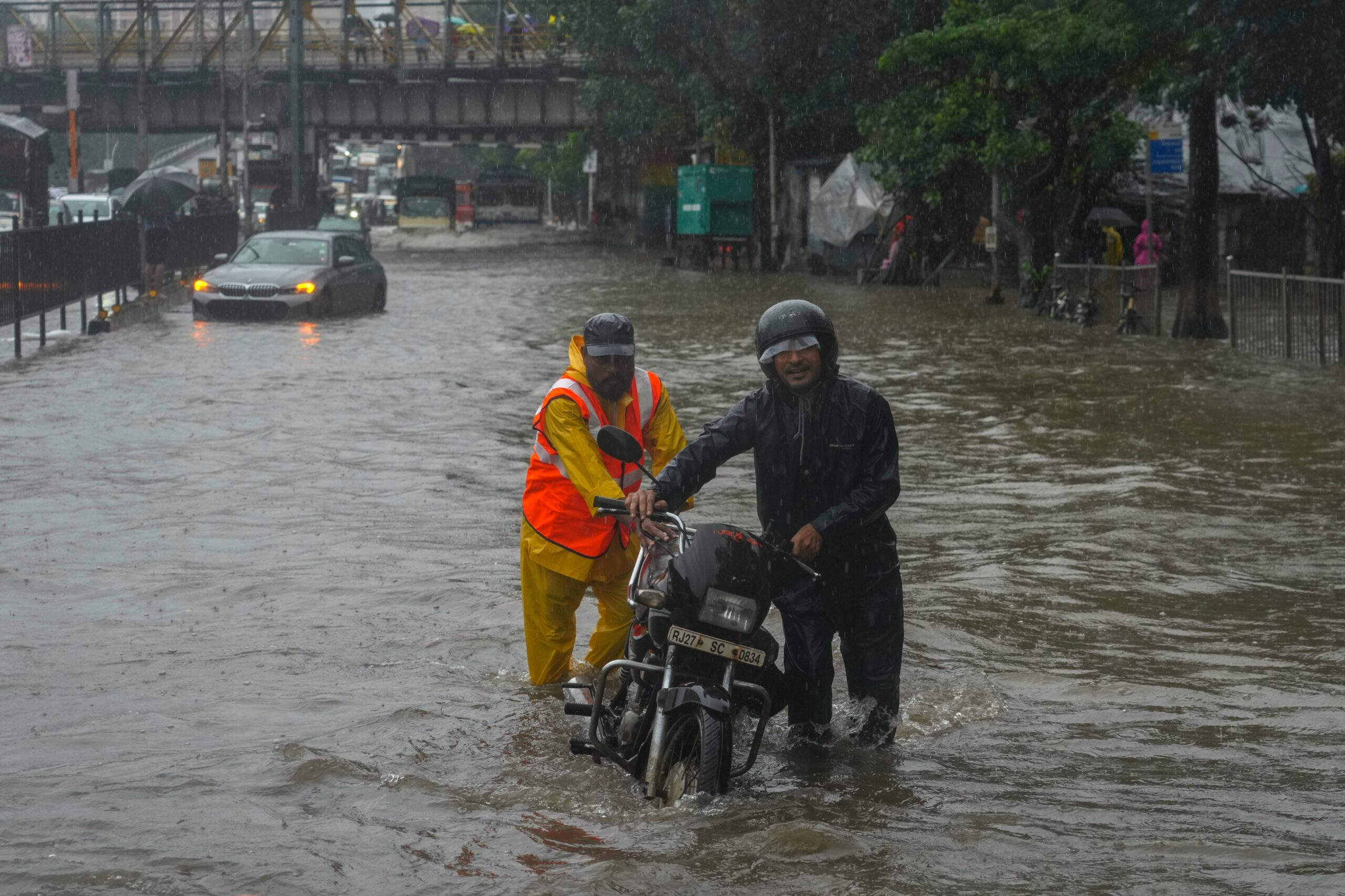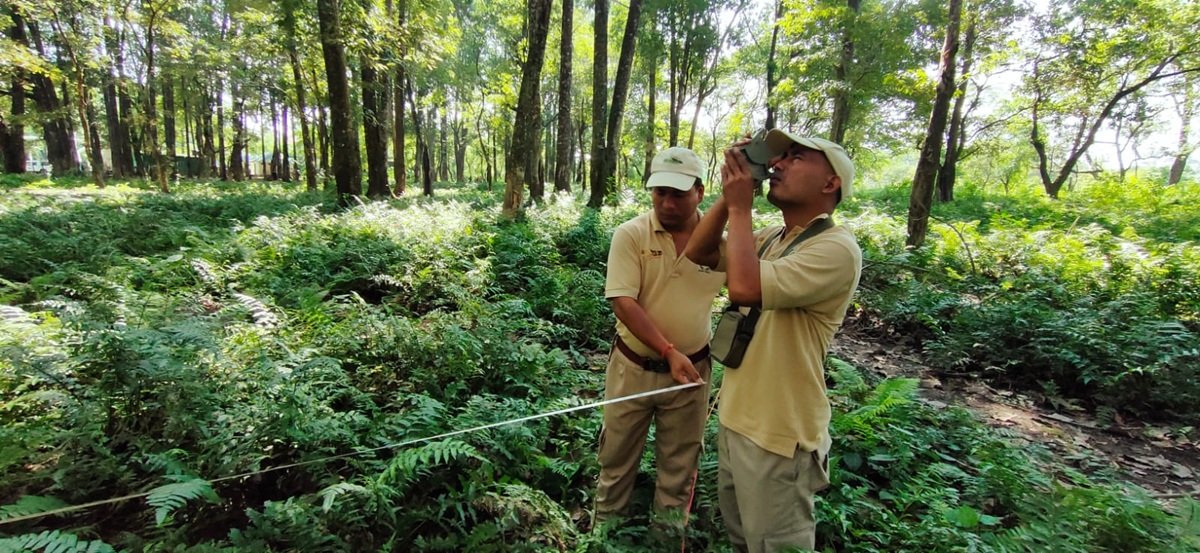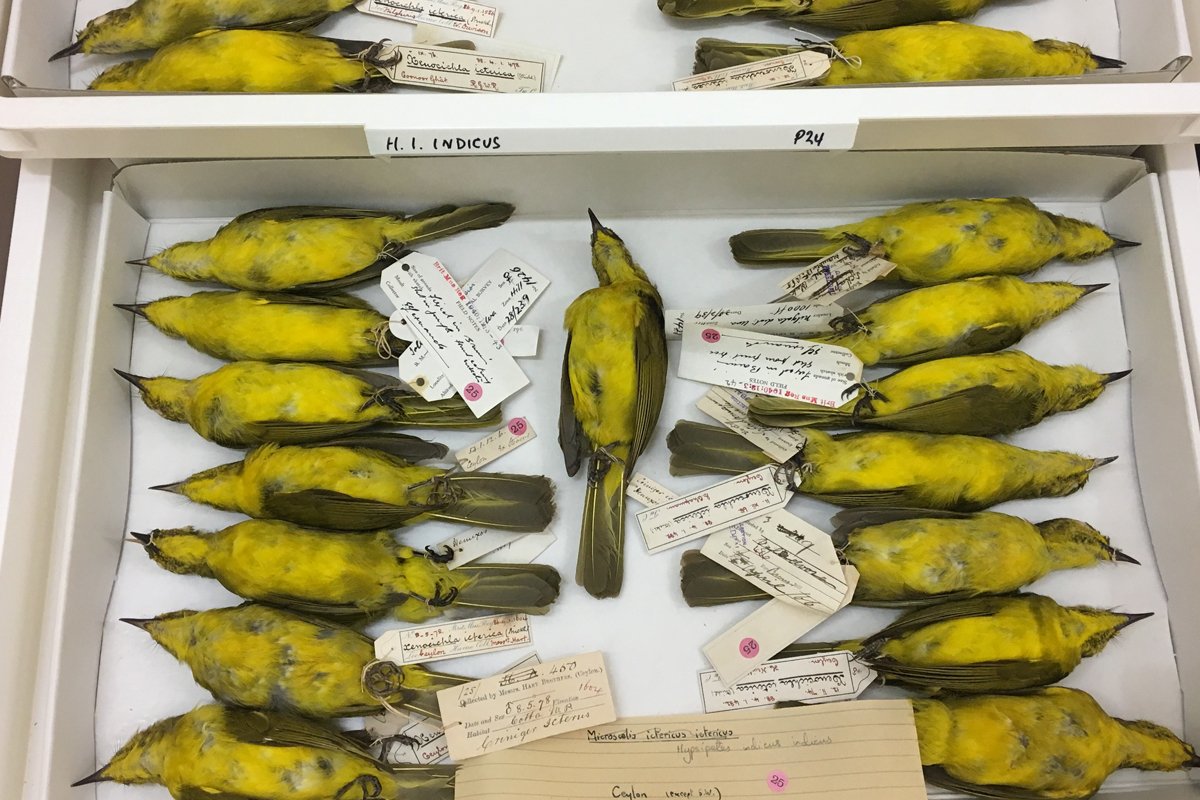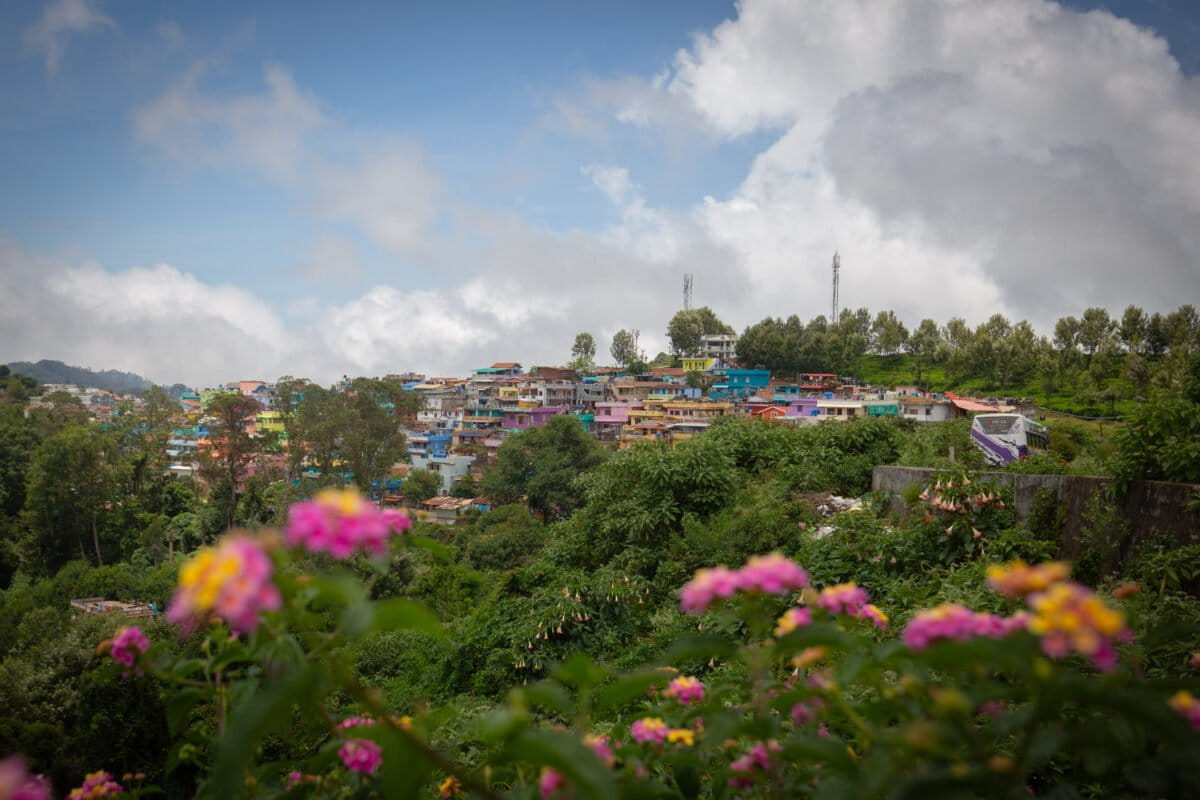
- Solar and wind energy, with their inherent variability, depend on unpredictable weather patterns.
- The Central Electricity Authority has issued guidelines requiring all solar and wind plants with a capacity of 50 MW and above to install Automatic Weather Stations for weather forecasting.
- As weather station coverage expands, experts stress the need for standardisation, data integration, and improved modelling.
India’s clean energy push is facing a challenge as unpredictable weather makes it hard to balance an increasingly renewable-heavy grid. To optimise renewable energy generation through real-time measurement of weather, the Central Electricity Authority (CEA) has issued guidelines to install Automatic Weather Stations (AWS) in solar and wind power plants. The guidelines released on July 7 also direct renewable energy implementing agencies to include AWS requirements in bid documents.
“Solar and wind generation depends on weather conditions. There are issues of not getting accurate weather forecasts,” notes the CEA in its letter written to states, solar and wind power developers associations, and the Grid Controller of India. “Many a time, forecasting errors result in significant financial penalties,” it says and refers to the Deviation Settlement Mechanism (DSM) a regulatory framework which penalises renewable energy generators or consumers who don’t adhere to their pre-declared schedules of electricity generation or withdrawal.
The new guidelines highlight the need for real-time, accurate meteorological data to improve forecasting, optimise energy generation, and stabilise the grid. “It is a welcome step,” says Manoj Kumar Agarwal, Executive Director of Grid India, a government-owned entity responsible for the reliable and efficient operation of India’s electricity grid. “Grid management needs proper forecasting of power generation and demand, which depends on the weather forecast.”
According to the guidelines, one AWS is to be installed for every renewable energy (RE) plant with a capacity of 50 megawatts (MW) or more.

The guidelines specify where and how AWS should be installed. For solar projects, AWS should match the tilt and orientation of solar panels and be placed in terrain that closely resembles the overall site conditions. For wind power, AWS should capture accurate wind regimes. Each AWS site should span 10×10 metres, remain obstruction-free, and follow protocols, including surface cleaning and herbicide use. The data collected by AWS should then be transmitted via a mobile network, following the India Meteorological Department’s standard format, to the National Center for Medium-Range Weather Forecasting (NCMRWF).
Unpredictability makes grid management difficult
India is among the world’s largest greenhouse gas emitters, but it is also one of the most climate-vulnerable countries. Scaling up renewable energy is one of the prominent mitigation strategies, India has planned. It aims to achieve 500 GW of installed renewable capacity by 2030.
But the challenge is not limited to adding capacity. It extends to managing what is generated. Grid integration of renewables remains a growing concern because of the intermittent nature of solar and wind energy. “This green transition is revealing significant vulnerabilities in the national grid. Solar and wind energy, with their inherent variability, depend on unpredictable weather patterns, unlike traditional power plants,” notes a February report by IFRI, a French think tank. “This challenge is magnified by India’s tight operating frequency band of 49.90 Hz to 50.05 Hz, where even slight fluctuations can cause grid instability. Climate change is only heightening this risk.”
Long-term climate trends may further complicate matters. Another study projects that seasonal and annual wind speeds are likely to decline over North India, while increasing in the South. Meanwhile, solar radiation across India could reduce by 10-15 watts per square metre over the next 50 years, potentially affecting solar power generation.
In such an unpredictable scenario, maintaining the grid is a challenging task. Agarwal states that the unpredictability of the weather-dependent renewable energy poses a significant challenge for the grid management. “Currently, we require flexibility in power generation to maintain the grid. At night, when electricity demand is high, we do not have solar power generation; however, during the daytime, when it is available, power demand is low.”

A wider forecasting challenge
India’s weather forecasting has improved, but gaps remain, especially in predicting extreme events. The India Meteorological Department (IMD), which marked its 150th anniversary in January, has committed to achieving near zero-error forecasts up to three days by 2047. Its vision document highlights current challenges, including poor spatial coverage, limited real-time data, and inadequate technology.
Experts warn that climate change is further complicating forecasts. Madhavan Nair Rajeevan, Vice Chancellor of Atria University and former Secretary, Ministry of Earth Sciences, says that while general weather forecasting in India is reasonably good, it struggles when it comes to extreme weather events. “The monsoon is changing. It no longer behaves according to textbook patterns.”
IMD has set a short-term goal (for 2 years) for the expansion of the automated observational network at the district (800) and block level (1,50,000). For a mid-term (10 years), the goal is to expand the network at the panchayat level (2,50,000).
Thousands of AWS units already exist, installed by private firms, state governments, and research institutions. Maharashtra plans to implement village-level AWS coverage under the Central Weather Information Network Data System (WINDS). In Kerala, Cochin University of Science and Technology (CUSAT) along with other organisations have installed three AWS at panchayat level. The Kerala State Electricity Board (KSEB) is creating a network of AWS.
Expert says that these stations coming together can provide large amounts of data and can help in overall forecasting.
Rajeevan emphasises the importance of integrating high-quality AWS data into forecasting models. But quality varies. He adds that the assimilation of observations gathered through the AWS network into the model will help, provided the data quality is good. “The quality of the data depends on several factors, like the way the instruments are calibrated and installed. Many private industries put the observations wherever they find a place,” he adds. There are some protocols and Standard Operating Procedures (SOPs) that should be followed.
Yet, these stations often operate in silos. “IMD should take the initiative to combine these private industry observations. It is a huge task. However, unless IMD does this, it won’t gain anything from it,” he adds. “Private players are investing heavily in these instruments, and we should not let that investment go to waste. We must put it to use.”
The latest CEA mandate for AWS across solar and wind projects is a step in this direction. If implemented effectively and linked with IMD forecasting channels, these weather stations could not only aid in forecasting power generation but also facilitate broader weather predictions.
Watch: [Video] Assessing daily weather from India’s highest meteorological station
Banner image: A weather monitoring station at Randullabad, Maharashtra. Representative image by India Water Portal via Flickr (CC BY-NC-SA 2.0).







